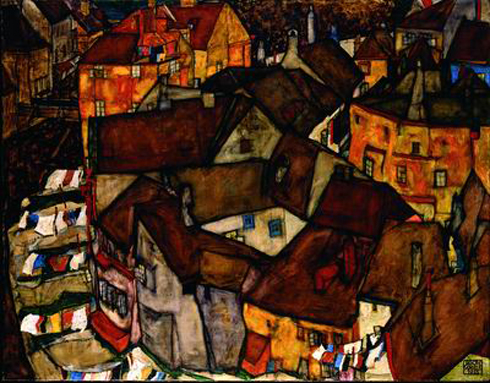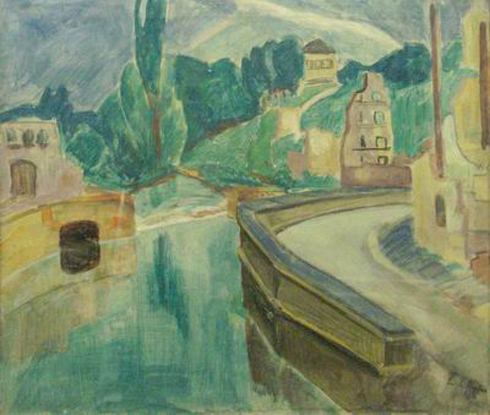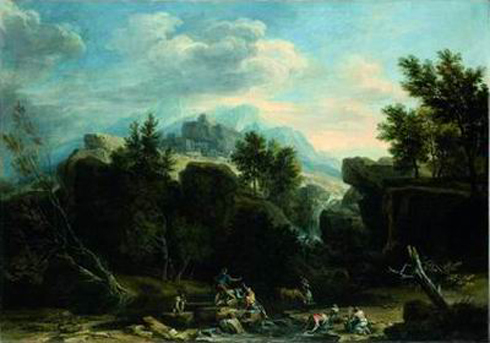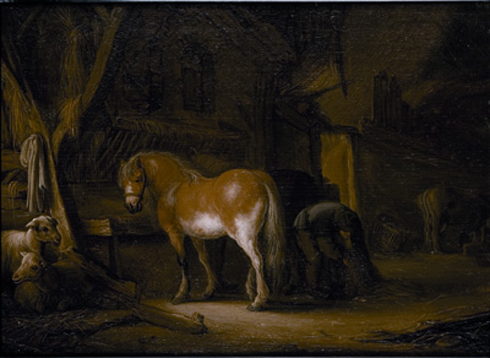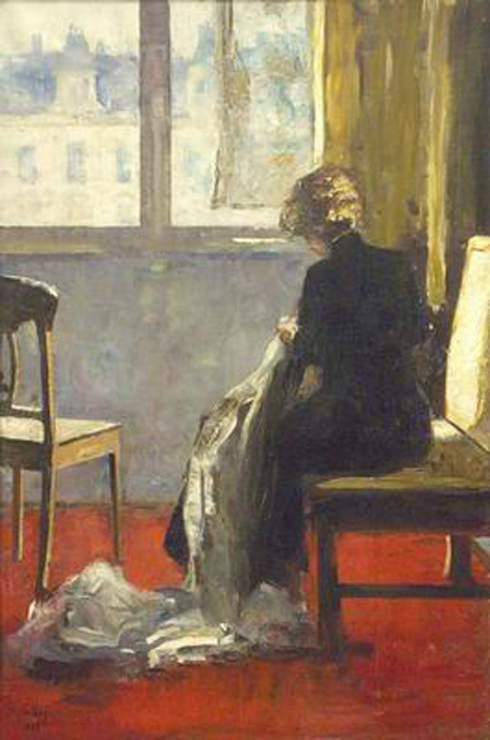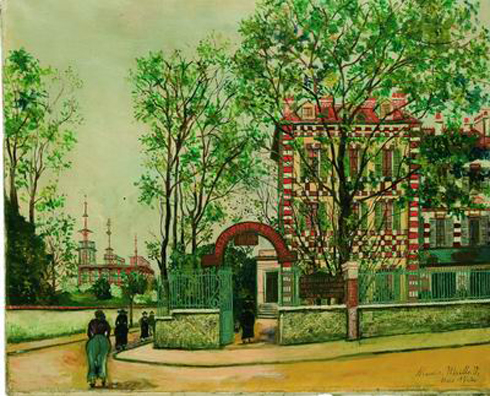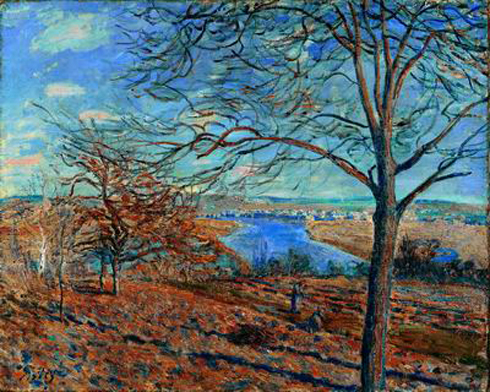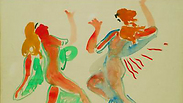
"We know that after the war, at least 400 pieces of art paintings reached the shores of Israel and the museums in Israel," says Israel Peleg, director of the Company for Location and Restitution of Holocaust Victims’ Assets.
Video courtesy of jn1.tv
"The Israel Museum has already publicized it and we believe that the provenance research should be done now by all the museums in Israel, and they are cooperating very carefully with us. The idea of starting this effort now is a breakthrough in the attempt to return to the rightful heirs of the Holocaust victims the pieces of art which belong to their families."
In the 1950s, many pieces of art taken by the Nazi regime during the Holocaust were transported to Israeli museums after being located by German authorities or discovered hidden in storage facilities.
"As we do our work in the Claims Conference and in the World Jewish Restitution office in particular, we very often find that in regard to art works, Judaica, libraries, manuscripts, we cannot reach closure on what went where and find everything without knowing what went to Israel," says Wesley Fisher, director of research for the Conference on Jewish Material Claims Against Germany.
Some of the paintings which arrived in the Israel Museum in the 1950s:
Previously there has been no system in place for the rightful heirs of seized artwork, so Israel’s recent efforts have been received and widely welcomed.
"The one museum that has done provenance research and has made it public is, of course, the Israel Museum," says Fisher.
"But the Israel Museum also has more work to do and there is a question in regards to other museums as well."
The Israel Museum views the task with paramount importance.
"Throughout our history, but certainly in the last 15 years we really have tried to take a role, trying to be exemplary in our handling of the subject," says Israel Museum Director James Snyder.














